

The cute, long-nosed, furry appearance of most bee-flies belies their parasitic habits. All bee-flies are parisitoids, with most species laying their eggs on solitary bees and wasps and the larvae eating the living flesh of their hosts.
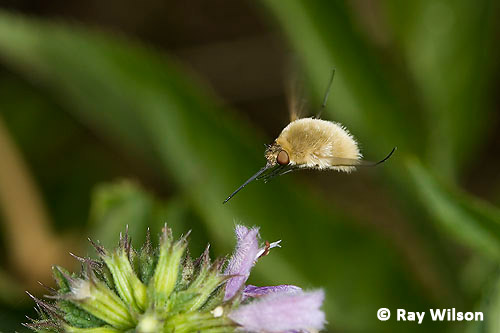
The sun-loving nature of bee-flies gives them a distinctly southern bias within the UK. Of the 9 resident species, only 3 venture appreciably away from the south: Bombylius major, Phthiria pulicaria and Villa modesta.
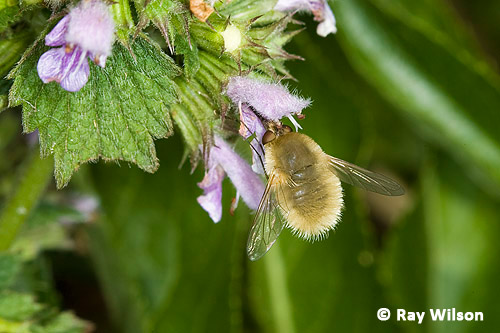
The wings of a hovering bee-fly move so rapidly that even the diagnostic, broad, dark-brown border to the wings of Bombylius major, Britain's commonest bee-fly, are rendered invisible in the photo below.
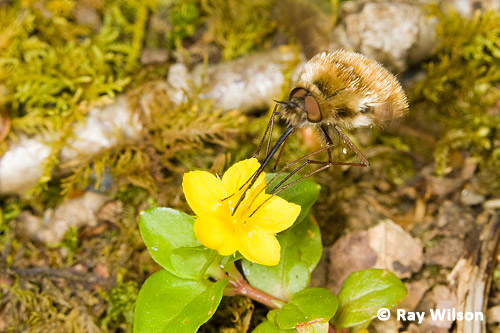
Villa modesta lacks the characteristic long proboscis of the Bombylius species. This is a widespread species in the UK which is found on most of the major dune systems in England, Wales and the eastern coast of Scotland.
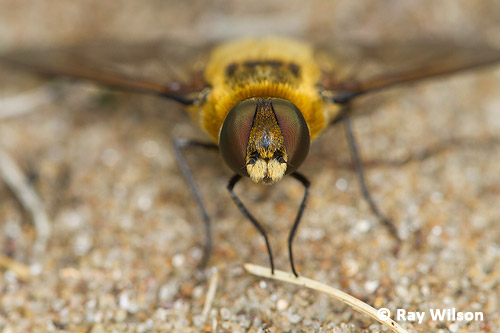
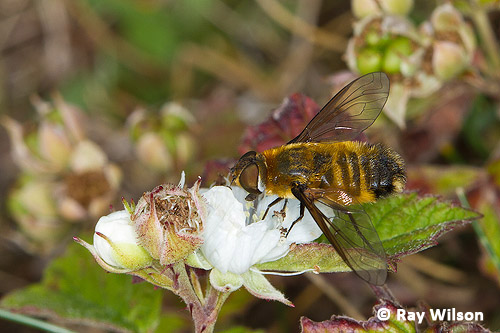
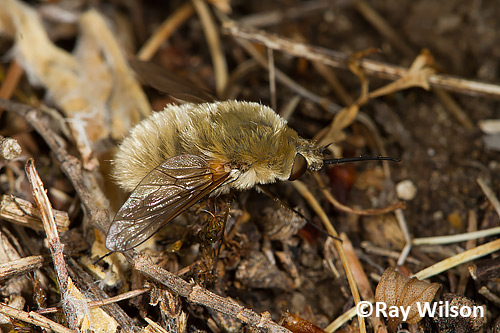

Ray Wilson owns the copyright of all images on this site.
They may not be used or copied in any form without prior written permission.
raywilsonphotography@googlemail.com